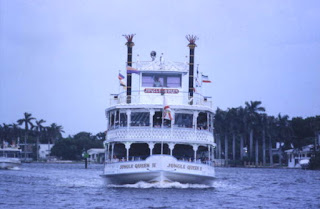 |
| Fort Lauderdale Beach 1941 State of Florida Archives |
By Jane Feehan
The focus on Fort Lauderdale and Broward County war relief efforts for England shifted to defense activities after Pearl Harbor. Three weeks after that attack, the Broward County defense council reported the following to the Fort Lauderdale Daily News (Dec. 19, 1941) about its efforts:- Near completion of the air raid warden system and more than 350 air raid warden identification cards issued to volunteers.
- Broward County defense council advises residents not to be alarmed by sudden power shut downs.
- Warning of practice blackouts with due notice through the press and radio.
- Students in their last semester will be eligible for diplomas to enter the armed service if their work is deemed up to set standards.
- The Broward School Board passes a resolution to pay expenses for architect Clinton Gamble to attend a course on building protection conducted by the University of Florida; Gamble will return to Broward and supervise air precaution work on school buildings.
- The defense council asks all taxi and truck owners in the county to register their vehicles with the council.
- Also all private car owners who want to volunteer use of their autos are urged to register with the council.
- Sheriff Walter Clark conducted a meeting of ex-service men and former police officers to form an auxiliary unit under direction of his office. They will observe and track down illegal activities when paid officers were occupied with other duties.
__________
Copyright © 2018, 2020, 2021. All rights reserved. Jane Feehan
Tags: Fort Lauderdale history, Fort Lauderdale in the 1940s, WWII in Broward County, Fort Lauderdale during World War II, film research, Clinton Gamble, Broward County history, History of Fort Lauderdale, architects












